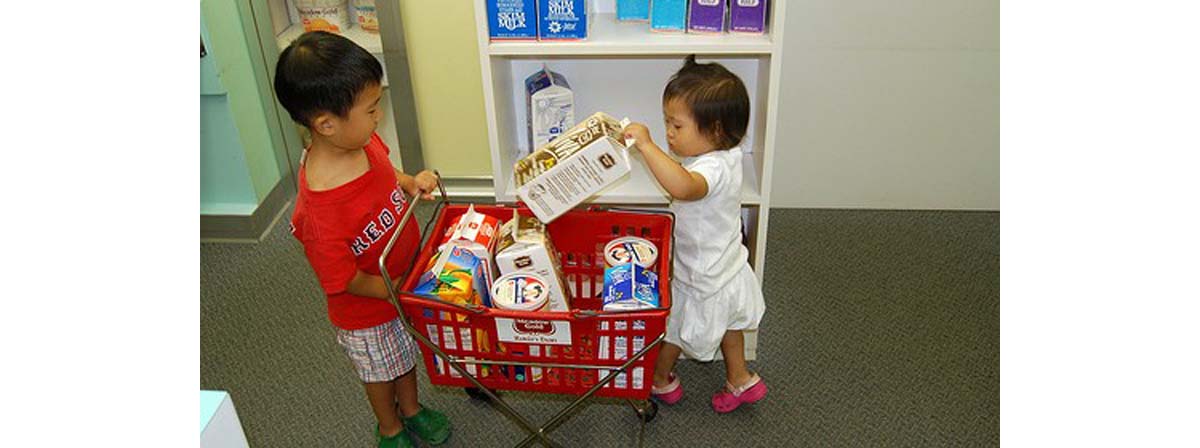Table of Contents
Today, I experienced a proud mom moment. I gave my seven-year old daughter some money and the authority to plan out an evening meal for the family. She added up the prices of all the products to make sure she had enough money, checked them out, paid, and counted if the change was correct.

She made the meal almost by herself, with only a little help. After the quirky meal that made my mother heart melt was finished, it became obvious that she was a little tired. She argued with her brother, and they ended up pushing each other and collapsing crying. When I asked said brother to tidy his toys away, he refused and got sent to time-out. What a stressful end to such a nice day.
If you are a parent yourself, this scenario must sound quite familiar to you. But while we raise our kids in relative comfort, safety and freedom, 115 million other children go to work in conditions that would make your union boss go crazy.
What Is Child Labor, Exactly?
Everywhere in the world, children make productive and welcome contributions to their families. Many children do unpaid work within their family homes or businesses and as they grow older, lots will make the transition to paid work. Most of us see nothing wrong with a child helping out in the family bakery during school holidays, or mowing the lawn every week. So, not all forms of “child labor” should be criminalized, then.
Child labor, the International Labor Organization (ILO) says, can be “defined as work that deprives children of their childhood, their potential and their dignity, and that is harmful to physical and mental development”. The ILO specifies this definition further by using the following criteria:
-
The work is physically, mentally, socially or morally hazardous.
-
The work interferes with the child's education, either by preventing them from going to school altogether, forcing them to leave school prematurely, or making them combine long working hours with school.
Millions of children are being subjected to conditions that can damage them for life — physically and mentally — and that can kill them. Because their hazardous work keeps them out of school and prevents them from being educated, a better life is not on the horizon for them later on, either. The world's current child laborers may well end up in a situation where they will send their own future children to work to help support the family. Child labor is a cycle that is hard to stop.
- Photo courtesy of Owen and Aki by Flickr : www.flickr.com/photos/mikenan1/4051771165/
- Photo courtesy of ILO in Asia and the Pacific by Flickr : www.flickr.com/photos/77173826@N08/8762249877/
- www.news.com.au/lifestyle/fashion-beauty/zara-hit-by-slave-labour-allegations/story-fnet01u7-1226612247996
- www.continuetolearn.uiowa.edu/laborctr/child_labor/about/ending.html
- www.ilo.org/ipec/facts/lang--en/index.htm
- www.ilo.org/ipec/facts/WorstFormsofChildLabour/Hazardouschildlabour/lang--en/index.htm
- www.huffingtonpost.ca/joan-kelley-weisshaar-walker/child-labour-canada_b_3511715.html#slide=2562036


Your thoughts on this